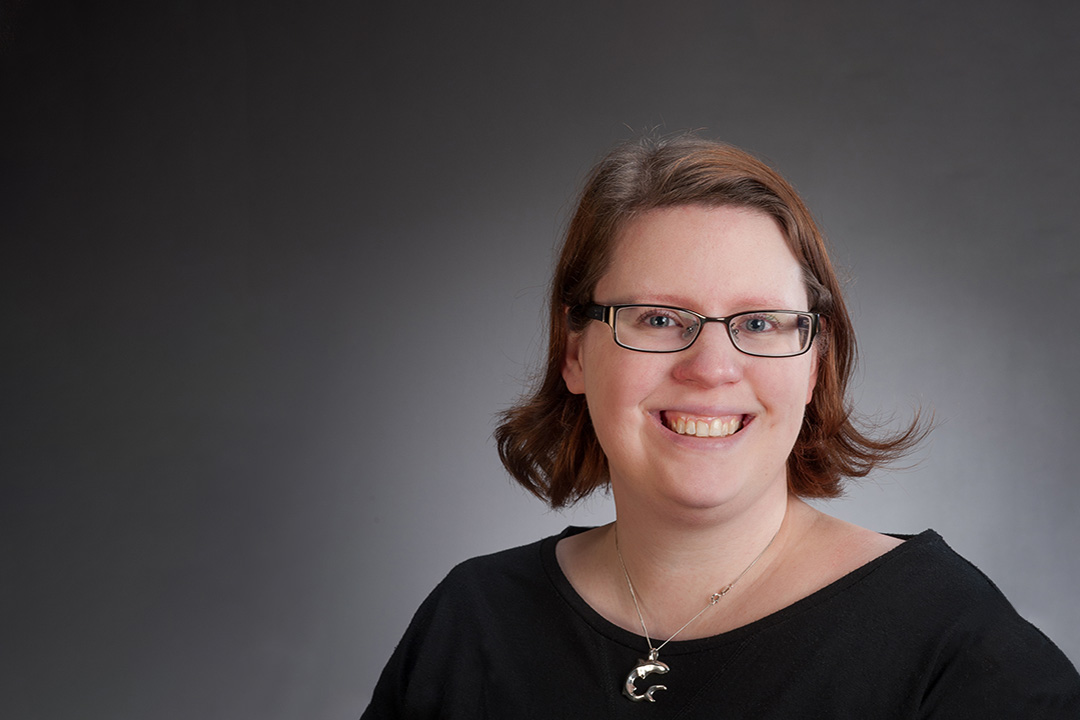
Banting Fellowship leads to testing of criminal risk tools
A prestigious Banting Post-doctoral Fellowship awarded to the University of Saskatchewan will lead to nationally important research into risk assessment tools that could help courts determine whether inmates, particularly Indigenous individuals, are likely to re-offend.
By Federica GiannelliIndigenous peoples are overrepresented in the Canadian criminal justice system, representing 27 per cent of the federal prison population, while comprising five per cent of the total Canadian population.
“Given the special vulnerability of Indigenous offenders, it is critical that any risk assessment tools used to inform decisions are validated to see how effective they are with Indigenous offenders, and whether they should be applied at all,” said Maaike Helmus, an outstanding researcher with international work experience from New Zealand and a recipient of the Banting Fellowship.
Banting Fellows are awarded $140,000 over two years through a program that attracts and retains top post-doctoral researchers, both nationally and internationally.
Though Helmus will cut short her Banting Fellowship to take up an assistant professor position at Simon Fraser University in the fall, her research will continue in partnership with her U of S supervisor Mark Olver. Their goal is to provide recommendations to improve risk assessment practices with Indigenous peoples.
The collaboration will involve several U of S graduate and undergraduate students who will extract information from more than 1,000 violent offenders’ records in the Prairies from Correctional Services Canada (CSC).
The researchers will be able to compare their results with follow-up data of re-offending behaviors already available for offenders included in the sample. Helmus and Olver will be the first in Canada to test the effectiveness of the VRAG-R scale with Indigenous offenders.
“The scale is used worldwide to assess risk for future violence and holds much promise, but there is no research on the revised version of the scale with Indigenous peoples, which has been released just a few years ago,” said psychology professor Olver, a Canadian leader in criminology research.
A 2003 Public Safety Canada study by researcher Jim Bonta reports that a little over 50 per cent of Indigenous male federal inmates are convicted for new offences within two years from release, and 20 per cent because of violent crimes. For non-Indigenous inmates, the recidivist conviction rate is 40 per cent and 12 per cent respectively.
Helmus said her previous research has shown that when CSC staff use their professional judgment in risk assessment decisions, they are significantly more likely to judge an Indigenous offender as "high risk" compared to a non-Indigenous offender with the same risk factors to reoffend.
“There are all kinds of conscious and unconscious biases that can have a prejudicial impact on Indigenous peoples,” she said. “It is not fair for inmates if the risk they are assigned varies from prison to prison, based on different tools being used or different interpretations of them.”
“Ideally risk assessments for the same offender should be similar across different jurisdictions and different evaluators. My project will help in that direction.”
If the new VRAG-R risk assessment scale is proven effective, decision-makers throughout the criminal justice system will use it in release decisions involving people of Indigenous backgrounds to determine more effectively and more fairly whether they are at “safe release” risk.
“The Banting Fellowship will allow me to address an existing gap in the research that needs to be addressed, as the Supreme Court of Canada pointed out,” said Helmus. “The Banting is a rare opportunity to invest in addressing long-term research goals and explore tough, controversial questions.”
This article first ran as part of the 2018 Young Innovators series, an initiative of the U of S Research Profile and Impact office in partnership with the Saskatoon StarPhoenix.

